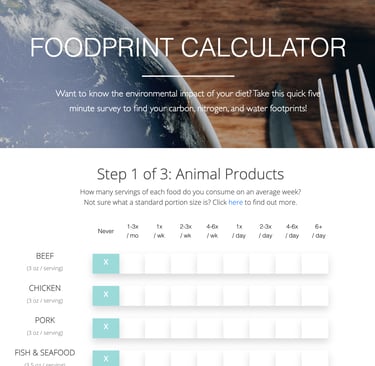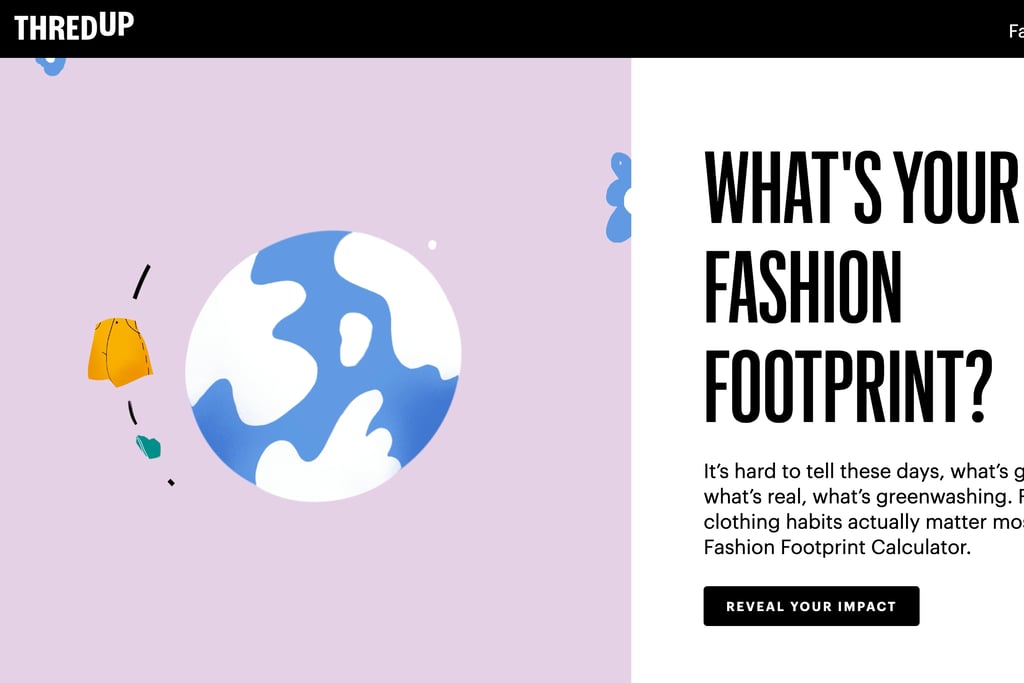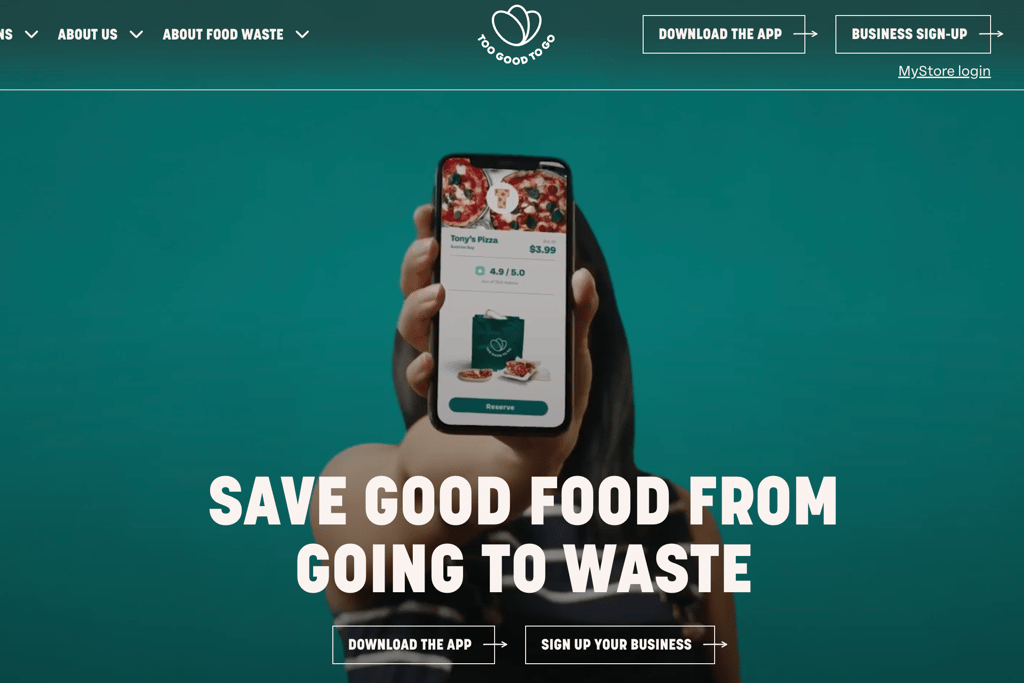Waste Less, Live Green: 3 Sites for Eco-Conscious Consumers
We will show you the three websites that will help consumers build sustainability awareness and reduce waste. From your groceries, apparel shopping to eating out...


Sustainability isn't just a trend; it's a responsibility we all share. Here are three cool websites to help you get started in reducing waste.
First up, the Harvard Foodprint Calculator. It’s not just numbers; it's an eye-opener. You can see how your meals impact the planet and start making little changes that matter. It’s simple to use and makes meal planning a thoughtful endeavor. Less food waste, more planet love! These small steps count more than you realize.


FACT: Food waste is a significant contributor to greenhouse gas emissions. A 2021 report by the United Nations Environment Programme (UNEP) found that 17% of total global food production is wasted (1). This equates to 931 million tonnes of food. This waste not only represents lost resources (land, water, energy) but also generates 8-10% of global greenhouse gas emissions. Using tools like the Harvard Foodprint Calculator can personalize this data and show individuals the impact of their dietary choices on this global issue.
Next, ThredUp's Fashion Footprint Calculator. Fashion lovers, this one’s for you. Calculate your fashion footprint and discover more sustainable shopping practices. Wanna contribute to a cleaner planet? Swap a few shopping habits here! Not just shopping habits, but also how you do your laundry!


Finally, Too Good To Go. This app is all about saving food. It links consumers with leftover food from restaurants at reduced prices. It's like a win-win for your wallet and the planet. You can download this on your smartphone and see if there are any offerings in your area.
FACT: The fashion industry is known for its environmental impact, including water pollution, textile waste, and greenhouse gas emissions. A 2020 report by the Ellen MacArthur Foundation highlighted the need for a circular economy in fashion, emphasizing reuse, rental, and recycling to reduce waste and resource consumption (2). The report states that clothing utilization has decreased by 36% in fifteen years. ThredUp's calculator helps visualize the impact of fast fashion and encourages more responsible consumption habits, like buying secondhand or choosing durable, long-lasting clothing.


FACT: Food waste at the retail and consumer levels is a major problem. Research published in Resources, Conservation and Recycling (3) emphasizes the importance of interventions at various stages of the food supply chain, including consumer-facing solutions like Too Good To Go. These initiatives help prevent food from ending up in landfills, where it decomposes and generates methane, a potent greenhouse gas. A 2023 study published in Waste Management (4) showed that apps like Too Good To Go have a measurable impact on reducing food waste from restaurants.
With these digital tools, it's easy to implement small acts of sustainability in your everyday life. Being more conscious with our everyday consumption will also make us feel more responsible in our everyday decisions. Making a difference isn't difficult; just a few changes from your habits can make a big impact!
UNEP. (2021). Food Waste Index Report 2021. https://www.unep.org/resources/report/unep-food-waste-index-report-2021
Ellen MacArthur Foundation. (2020). Circular Economy in Fashion. https://www.ellenmacarthurfoundation.org/topics/fashion/overview?gad_source=1&gclid=CjwKCAiA1eO7BhATEiwAm0Ee-Hd8JqtoztFoQyI-wA43m6dxtcKzI7917-OhUEBBZDomznAlhSYY8hoCwyQQAvD_BwE
Thyberg, K. L., & Tonjes, D. J. (2016). Drivers of food waste and their implications for sustainable policy development. Resources, Conservation and Recycling, 106, 110-123.
Quested, T. E., Marsh, E., Stunell, D., & Parry, A. D. (2013). Spaghetti soup: The complex world of food waste behaviours. Resources, Conservation and Recycling, 79, 43-51. (This is an older study but still relevant to consumer food waste behavior.)
All images are screenshots captured directly from the respective websites/apps.
